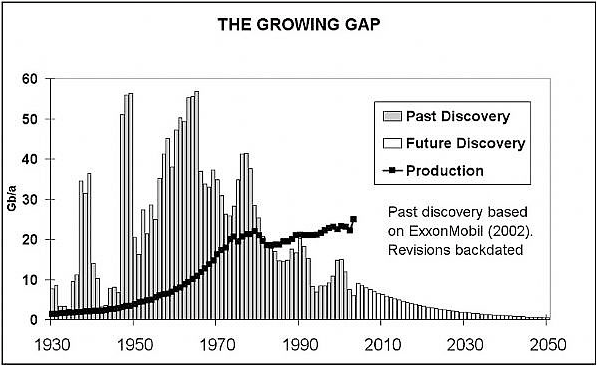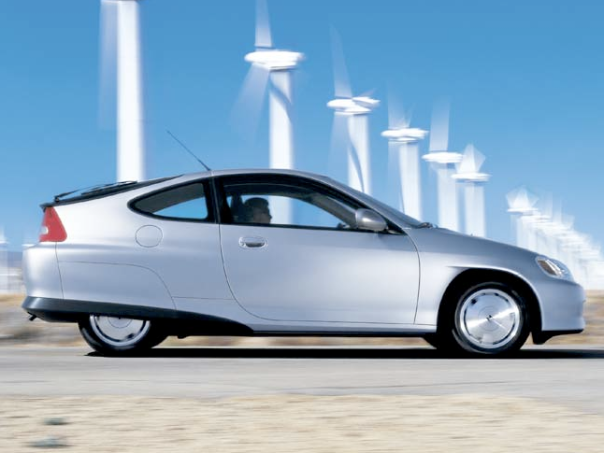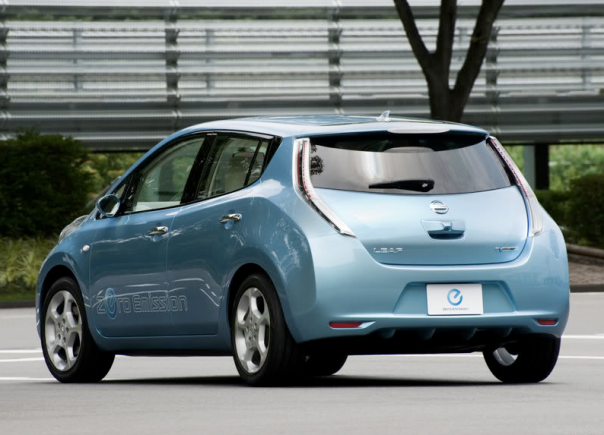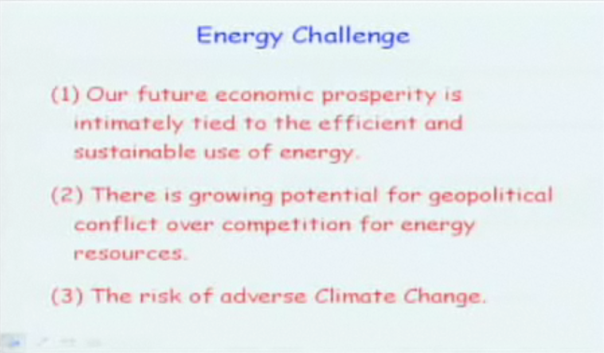I remember a dream that grew from seeds planted by an article about a miserable Whole Food’s quarterly report. The transporting of food and drink, FIJI Water for example, around the world is not just incredulous, but became financially irresponsible when oil hit $140 per barrel in 2008. In my dream, America had to be rebuilt in order to be energy efficient. Job opportunities would exist for anyone who wanted to help us shift from our world to this one.
We now are discovering about 10% of the oil that we were discovering around 50 years ago. This is not a blip in the chart, but a steadily declining rate of discovery for over five decades. Despite the fact that an enormous amount of oil was on the planet after “two billion years’ accumulated energy reserves”, it is a finite resource and we will consume it in a relatively short period of time.
Despite the fact that we should hold onto every drop of oil in America for the day when it is much more precious, we will continue sadly to just burn this critical resource that has numerous other uses. Economically, the high price of oil brought on by both it’s depletion as well as hopefully legislation defining the true cost of carbon will lead to alternatives. Electric batteries and/or algae-based fuel will propel us in the future.
The first step in electric vehicles (EVs) will be to switch us from burning oil to burning, largely, coal from coal-fired power plants (50% of electricity generation in America). In general, this initial step does not help us from a pollution or climate change perspective, but it will keep our energy dollars at home rather than abroad building cities, like Dubai with the tallest building in the world below, and destroying American interests when our energy dollars end up in the wrong hands, like those of Osama bin Laden (read The Looming Tower by Lawrence Wright).
The next step will be to charge those EV batteries with renewable energy. Once batteries exist for transportation, we can charge them at battery-switching stations, for example, using wind and solar power. More importantly, we can add more and more renewable generation to the electricity grid increasing the percentage of renewable power used at our homes to charge EVs.
Our automobile manufacturers could also do us an enormous service, in the short term, by producing hybrid vehicles delivering triple digit miles per gallon (mpg). The Honda Insight, below, launched in 2000 gets 75 mpg using off-the-shelf technology. I am sure that ten years later automobile manufacturers could offer triple digit mpg cars. The average vehicle in the U.S. gets around 25 mpg. Shifting our fleet to 100 mpg cars gets us a 75% reduction in CO2 emissions. We could replace our entire car fleet in a decade.
These changes are coming quickly. Building our EV battery and algae-based propulsion industries including research, manufacturing, infrastructure and service will provide jobs in America. We will also be able to keep our dollars in the U.S. to develop our country as opposed to overseas to develop other countries and sometimes harm ours. Finally, these technologies reduce manmade CO2 emissions that scientific evidence indicates, more clearly and overwhelmingly than ever before, is leading to climate change (measured in 40 year time spans, not today’s weather).
I just pinched myself. I guess dreams do come true.







